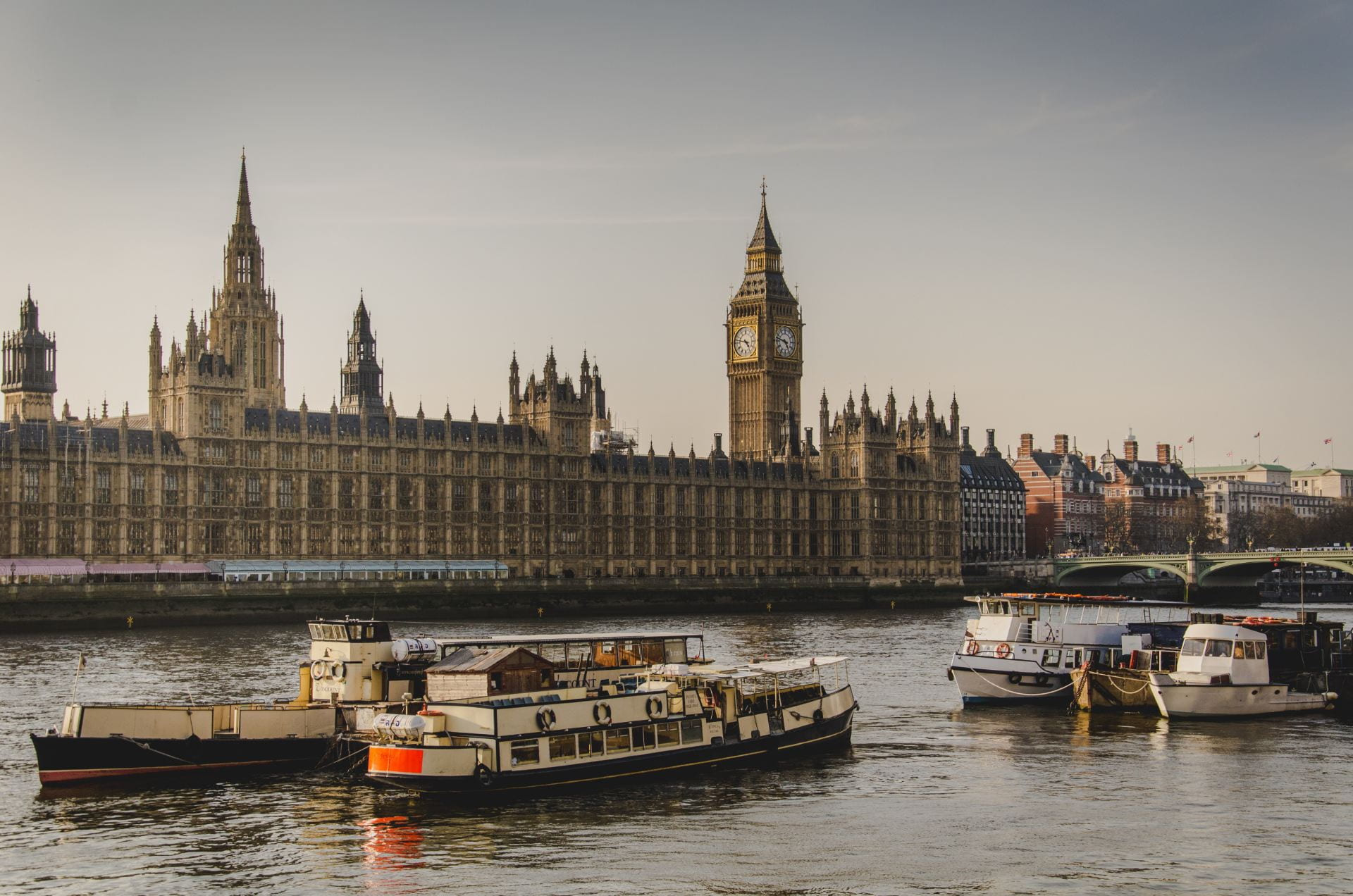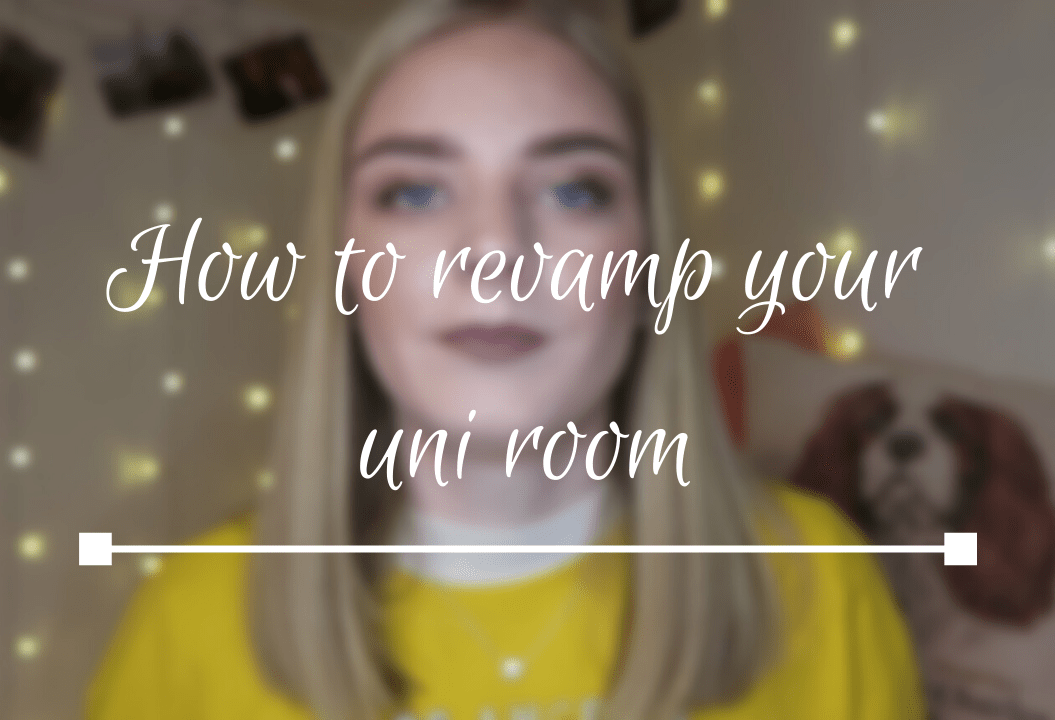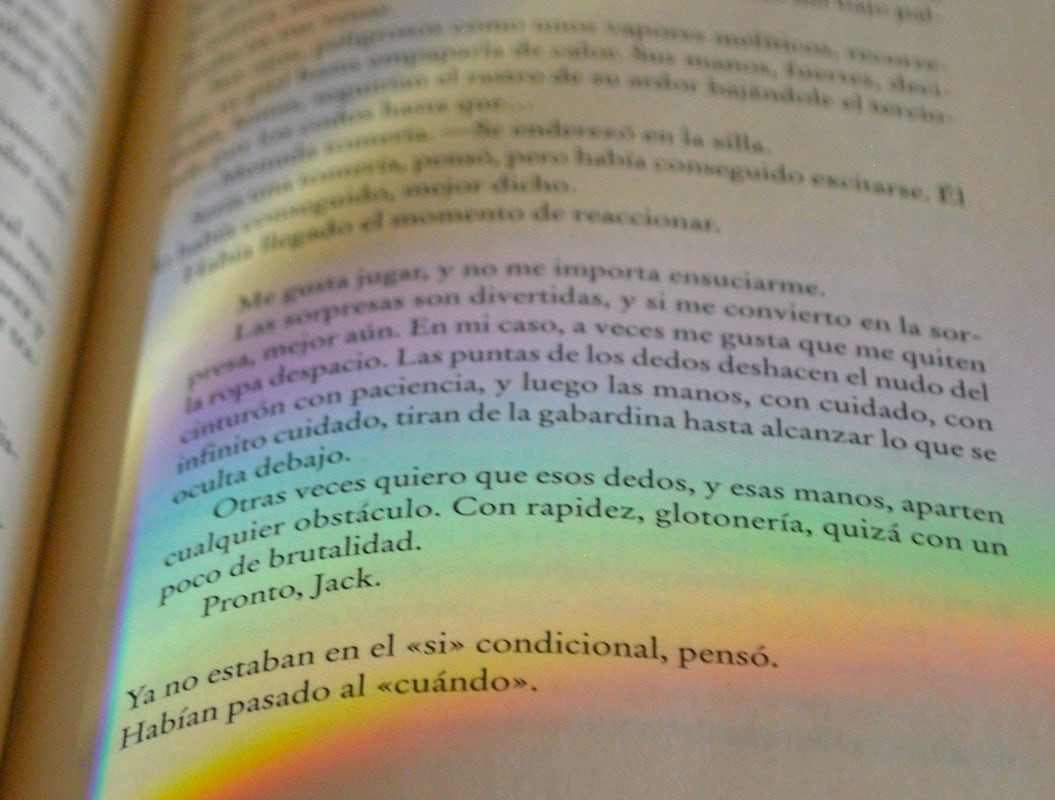Final year PhD student studying youth political engagement - interested particularly in British politics and democracy. Keen gamer, hiker and writer.

What on earth’s going on with Brexit?
This post contains outdated information. Groundhog day. Another Brexit deadline, another extension from the European Union – it’s all quite……
November 19, 2019,
read.
This article is more than 3 years old
This post contains outdated information.
Groundhog day. Another Brexit deadline, another extension from the European Union – it’s all quite… familiar, isn’t it?
So, how did we get here? How are we still stuck in the quagmire that is leaving the European Union? And where might we be going next?
How it all started
Let’s start at the beginning. Following the decision by the Conservative Prime Minister, David Cameron, to hold a referendum on the issue, (some would say due to increased electoral pressure from UKIP, who were calling for us to leave the EU) on the 23rd June 2016, the UK voted to leave the European Union. The margin was close, with only 51.9% of those voting, having voted to leave.
Cameron announced his resignation the next day, having campaigned for Remain. After a short internal leadership election (which ended with everyone else dropping out) Theresa May became the new leader of the Conservatives and Prime Minister. Article 50 (the formal legal mechanism for beginning the process of leaving the EU) was officially triggered by Theresa May 9 months later, on the 28th March 2017. This gave us two years to negotiate a ‘Withdrawal Agreement’ with the EU – which meant we were originally scheduled to leave by March 2019. Obviously, things haven’t quite gone to plan.
May’s deal
It wasn’t until November 2018 that the UK and the EU agreed on the text of the Withdrawal Agreement. Key sticking points had been around the border in Northern Ireland. May tried to balance the seemingly impossible demands of avoiding a hard border between Northern Ireland (NI) and the Republic of Ireland, whilst avoiding any regulatory divergence between NI and the rest of the UK too.
The solution was the ‘backstop’. This essentially meant that if no agreement could be made between the EU and the UK on future trade relations, then NI would remain in the Customs Union with the EU and much of the single market. This avoided the issue of a hard border in Ireland, but of course created a point of departure between Northern Ireland and the rest of the UK. Subsequent reassurances were sought that the UK would be able to pull out of this backstop if it wanted to.
The text was agreed between the UK and the EU at this point, but it still faced another massive hurdle…being approved by the UK parliament. May brought her deal to parliament three times, with some slight tweaks and ‘assurances’ from EU leaders about the nature of the backstop along the way – three times it was voted down. For some MPs, the backstop was unacceptable, keeping us too close to the EU, and Labour perceived the deal as a whole to be bad for the country on a variety of issues.
Increasingly unable to pass anything through parliament or inspire the confidence of her own MPs, May resigned. After an actual vote by members of the Conservative Party this time, Boris Johnson took over as the new Prime Minister on the 24th July 2019.
Boris takes charge
During May’s battles to get the Withdrawal Agreement passed through parliament, two extensions to the March 2019 deadline had been granted by the EU. The second of these having left us with the now infamous 31st October leaving date.
Johnson did manage to secure a fresh agreement with the EU, one largely built on May’s deal, but with some changes to the Northern Ireland issue. In essence, the major change by Boris was to scrap May’s ill-fated backstop. The new ‘solution’ was for the whole of the UK, including NI, to leave the EU Customs Union. Alongside this, goods would be checked upon entering into NI from the rest of the UK, instead of at the border between NI and the rest of Ireland. This would only apply to goods deemed ‘at risk’ of heading on to the rest of Ireland. If goods didn’t end up going onto the rest of Ireland, then the UK government would refund the charges.
Johnson then also got some preliminary support from parliament for this new deal, with MPs supporting the Bill that would bring about the deal going to the next stage of parliamentary debate. However, Boris also sought a very quick timetable for this to happen (aiming still for the 31st October deadline). MPs refused to back this fast timetable, worried it would not allow enough time for debate and scrutiny. Once they rejected it, Boris withdrew his attempts to pass his deal and began calling for a General Election instead.
Seeing little way through with the current make-up of parliament, he had previously tried to call an election but many opposition MPs had rejected it. The main worry being that it would result in us leaving the EU without a deal by default, with no more time for parliamentary objections. Boris was forced by parliament to ask for another extension from the EU, which was granted until 31st January 2020. Once this was granted, having removed the threat of no-deal by default, the Labour Party felt able to support an election.
So what next?
So now the direction of Brexit will largely be determined by the outcome of the General Election.
The Labour Party’s policy is to negotiate a deal within 3 months of being elected that will centre around staying in the Custom’s Union; then within 6 months hold a referendum on said deal, with Remain on the ballot. The Liberal Democrats have pledged to revoke Article 50, keeping us in the EU. The Conservatives are promising that if they get a majority at this election they’ll pass Boris’ deal as soon as possible, and have us out of the EU no later than the end of January.
Whatever your views on Brexit and the various parties in Westminster, this election will be a defining one for our generation. Make sure you’re registered to vote by the deadline on 26th November and have your say, on Brexit and all the other issues in contention!
- Topics
- General election
- Politics
- UK



